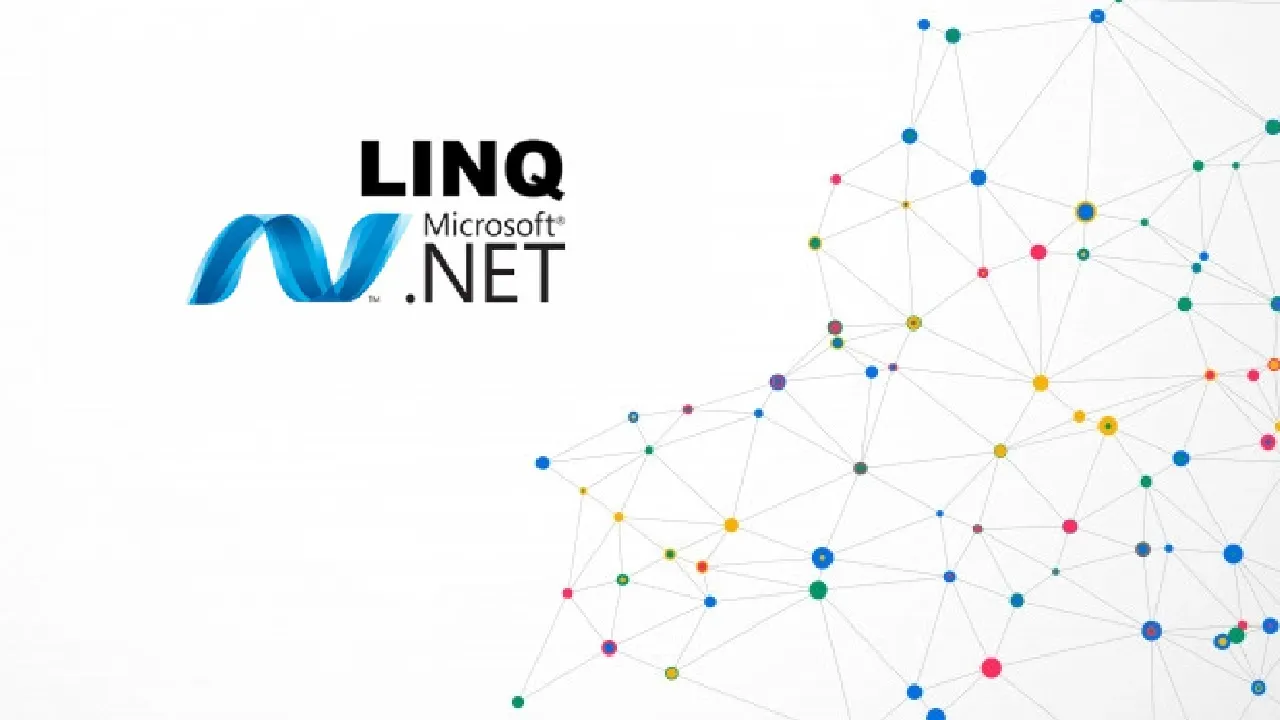The current article will introduce the basic understanding of LINQ and LINQ-to-objects technologies and present alternatives to the “traditional” way of solving programming challenges based on data collections. We’ll also cover the issues of using LINQ to group and aggregate data.
Ready? Let’s start!
Why Do we Use LINQ?
Language-Integrated Query or LINQ is a common name for a set of technologies enabling us to write queries on strongly typed collections of objects as first-class constructs.
Furthermore, LINQ enables us to use the same query expression patterns on different data collections, including SQL database, ADO.NET Datasets, XML objects, and any object collections that implement IEnumerable or the IEnumerable interface.
From the pure usage point, we can think of LINQ as a proxy allowing us to use the same queries for manipulating the data collections of multiple types.
#.net #c# #.net #c#
